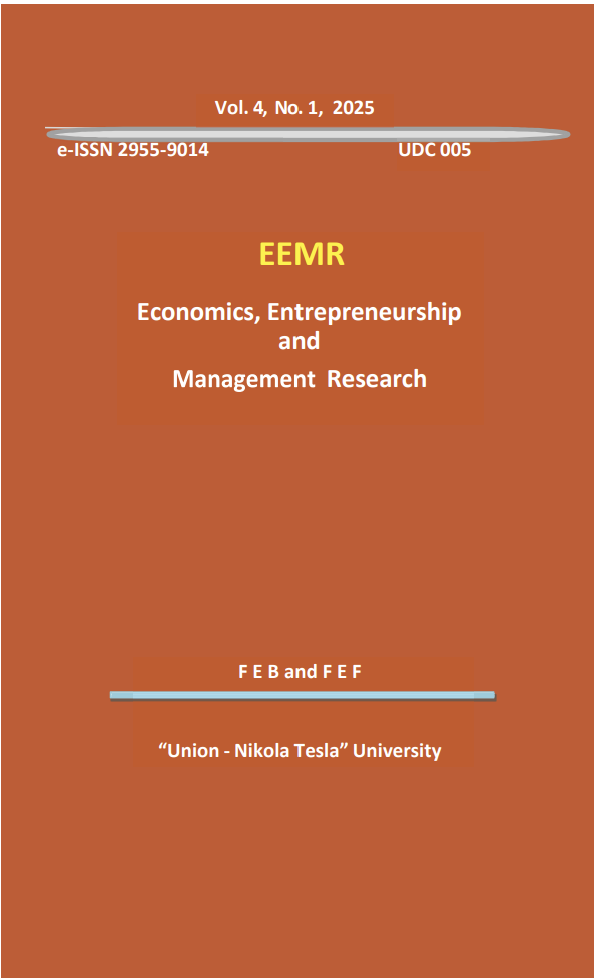Analysis of Economic Social and Political Factors of Labour Migration
DOI:
https://doi.org/10.62907/eemr250401009mKeywords:
Labour migration, brain drain, migration drivers, migration policyAbstract
Labour migration represents a complex phenomenon in which individuals analyse their life opportunities to have better economic, social, and political conditions. This process, driven by the desire for higher incomes, improved educational prospects, and a better quality of life, can also be result of political instability and armed conflicts. On one hand, the economic benefits that migrants bring contribute to the development of destination countries through innovation and by problem solving such as labour shortages or the lack of specific educational profiles in the labour market. On the other hand, inadequately developed integration mechanisms can create challenges in terms of social cohesion and access to institutions that provide basic needs such as healthcare, legal protection, and education. Countries of origin, confronted with the "brain drain" effect, are increasingly relying on reintegration programs to reclaim their valuable human capital. The unification of migration policies, particularly within the European Union, is essential for establishing a coordinated approach to the protection of migrants’ rights and for addressing challenges associated with migrants arriving from conflict-affected areas. This research also highlights the need for comprehensive strategies that integrate economic, social, and political factors, thereby stimulating sustainable social and economic development.
Downloads
References
1. Arandarenko, M. (n.d.). Migracije, kvalifikacije i tržište.
2. Arandarenko, M. (2020). Interaction between migration, human capital, labour market. The Vienna Institute for Internacional Economic Studies.
3. Balmer, G. A. (2009). The Royal Society And The ‘Brain Drain’: Natural Scientists.
4. CATO Institute. (n.d.). Retrieved from https://www.cato.org/human-freedomindex/2024.
5. EURES. (2025, April 28). Retrieved from European Employment Services: https://eures.europa.eu/skills-we-need-jobs-we-want-2025-04-28_en.
6. Kamatica. (2024, 03 11). Retrieved from Kamatica: https://www.kamatica.com/analiza/koliko-je-radnih-dozvola-za-strane-radnikeizdato-u-srbiji/71599.
7. Krasulja, B. R. (2016). Brain-drain – the positive and negative. Scientific review article.
8. Migration data portal. (n.d.). Retrieved from Migration data portal: https://www.migrationdataportal.org/
9. Nations, U. (2025, January). International Migrant Stock 2024. pp. 4-4.
10. Ozden, C. W. (2018). Moving for Prosperity: Global Migration and Labor, Policy Research Report Overview. World Bank Group.
11. Prof.Dr.Ljubo S, P. (2017, 5 25). Uzroci Migracija i Izbeglička Kriza NA. CIVITAS, 2017, 7(1), 79-88.
12. Vlada Republike Srbije. (2025, 4 17). Retrieved from https://www.srbija.gov.rs/vest/873451/nastavlja-se-povratak-nasih-medicinskihradnika-iz-inostranstva.php





